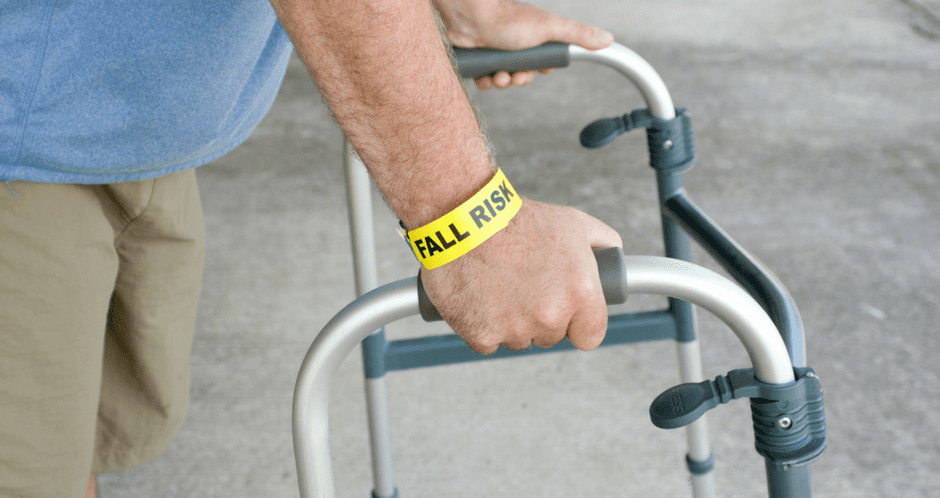
Each year, it is estimated that one in every four older people will have a fall, according to the Queensland Government.
A fall can be a frightening moment for both the individual and their family members. While anyone can have a trip up from time to time, it’s important to take the appropriate measures to support those for whom a fall can be a more serious matter.
Various health and environmental factors may contribute to the risk of a fall. In many cases, a fall can be predicted and as a result, minimised through careful management and vigilance.
This can be achieved by identifying hazards in the home environment. Here are some important questions you may want to ask when assessing a home for a fall hazard:
Although the above important steps will help to minimise a fall at home, a fall could still occur. This is why establishing a falls management plan is important. A falls management plan is a plan that determines how the person who fell will access and receive help.
If a fall does occur in the home, immediate contact with a relative or the local emergency service may be necessary. Personal medical alarms are one option for ensuring there is quick and immediate access to help.
A falls management solution revolving around a medical alarm can monitor various sensors around the home. When a sensor detects a possible problem, such as a fall, or inactivity for an extended period of time, it automatically activates the alarm unit to dial a 24-hour emergency monitoring centre. A care consultant can then speak to the client and identify and organise the appropriate assistance.
Additionally, a client can manually activate a call for assistance any time of the day or night via a personal pendant worn around the neck, and wall pendants located in high-risk areas such as the bathroom. These manual triggers provide peace of mind to clients, and their family, friends and carers, and offers reassurance that help is always available.
So assess your home for hazards and establish your falls management plan. This may give you and your loved one peace of mind that should a fall occur, the best possible plan is in place.